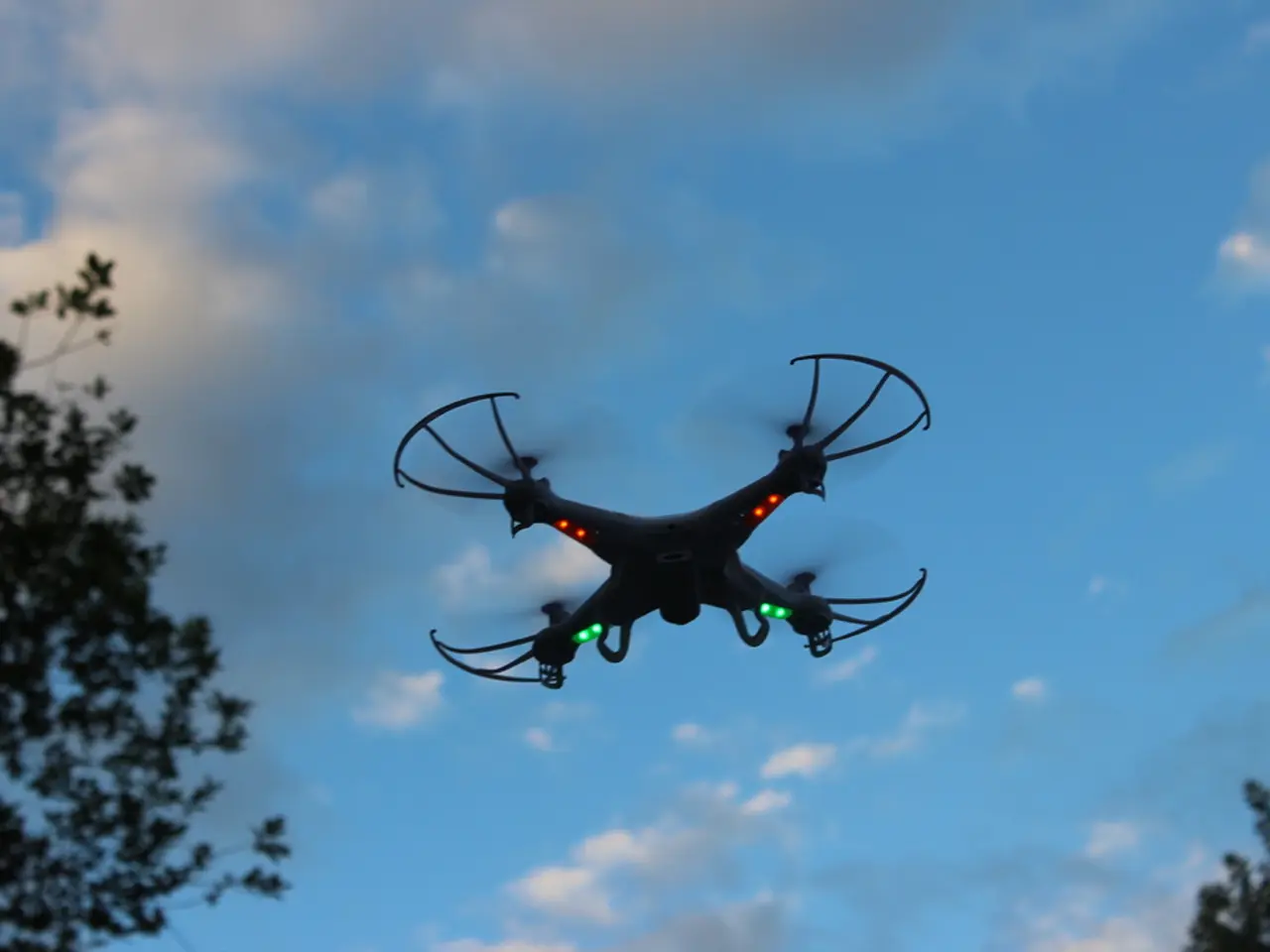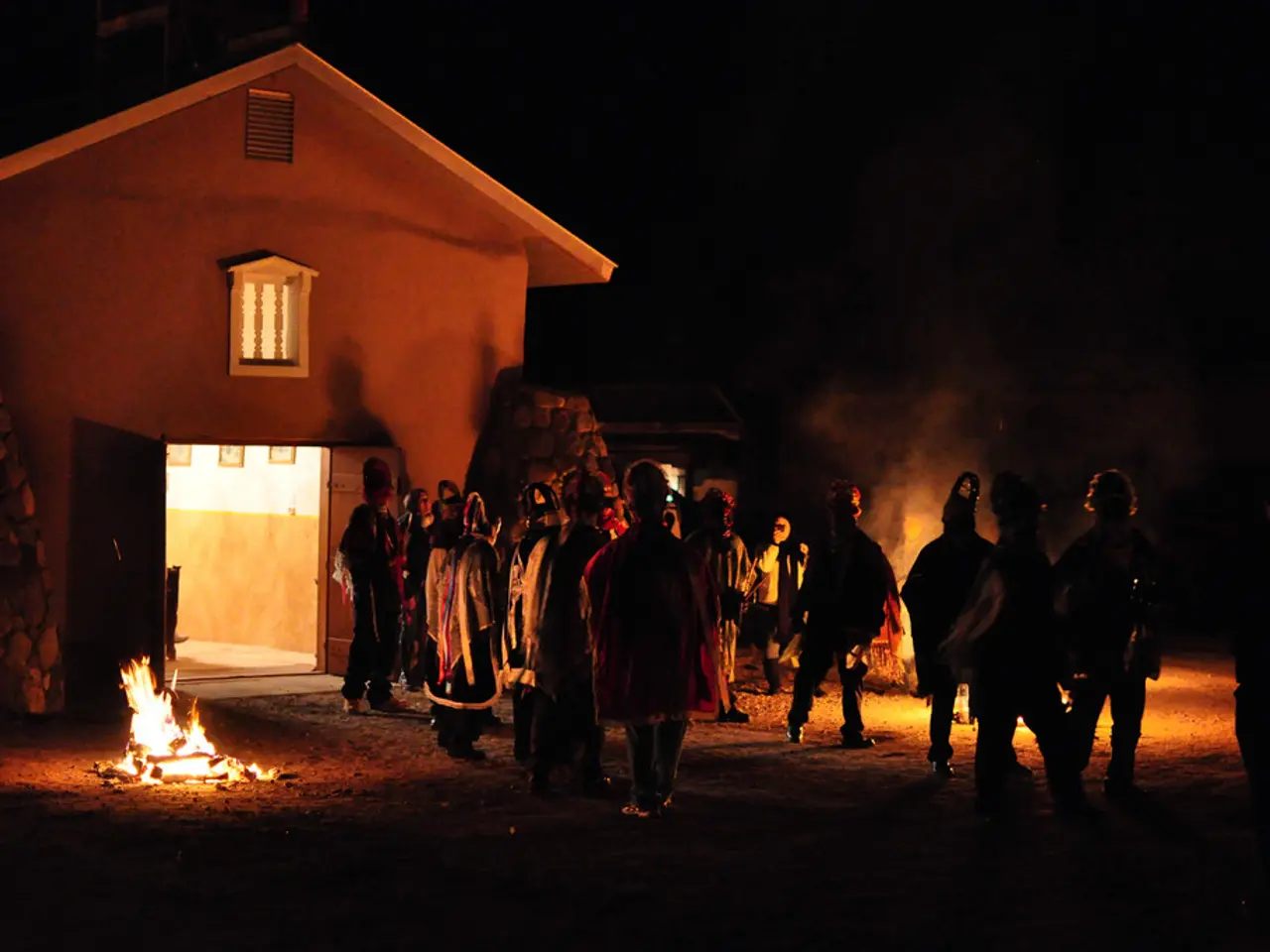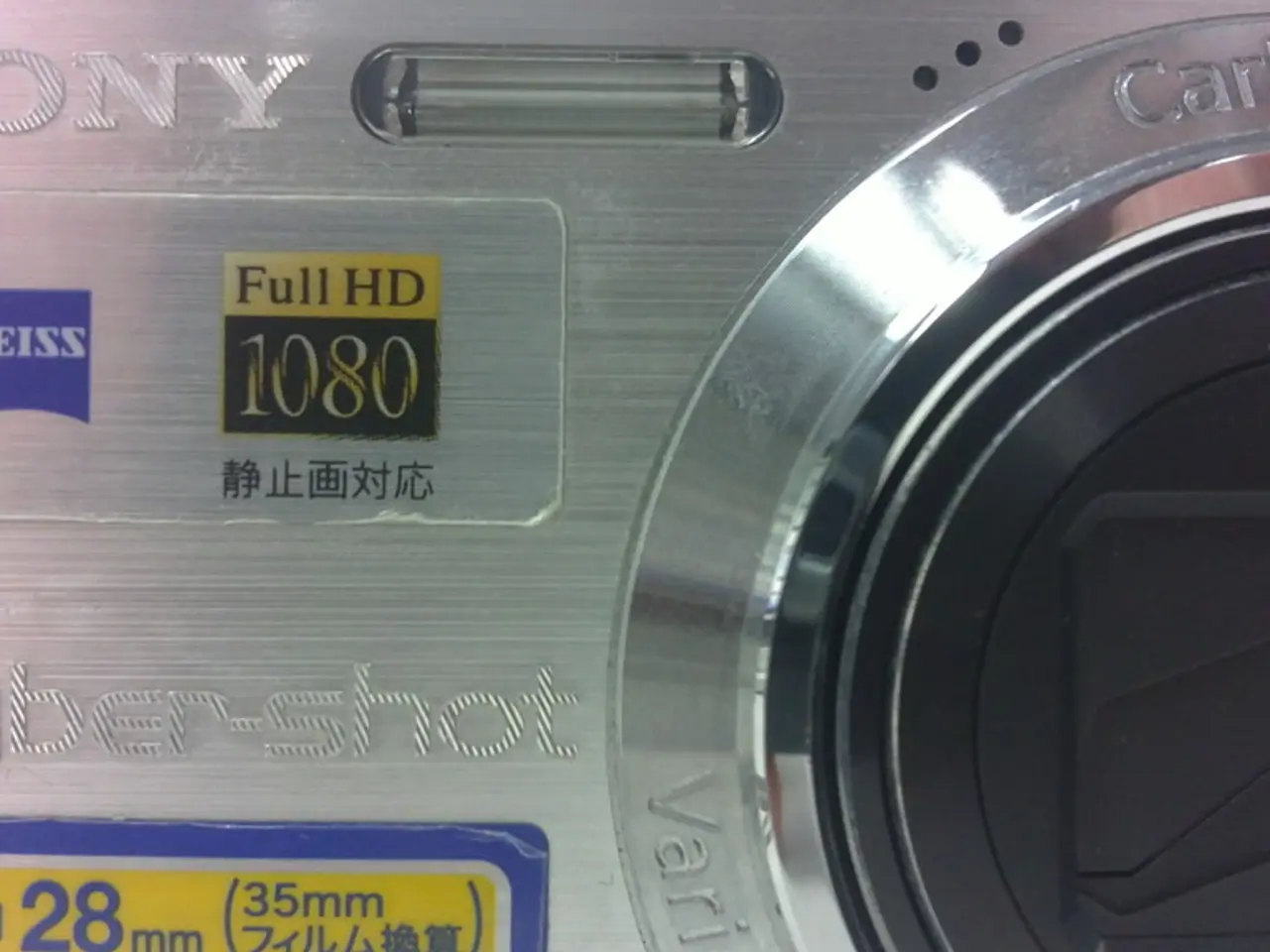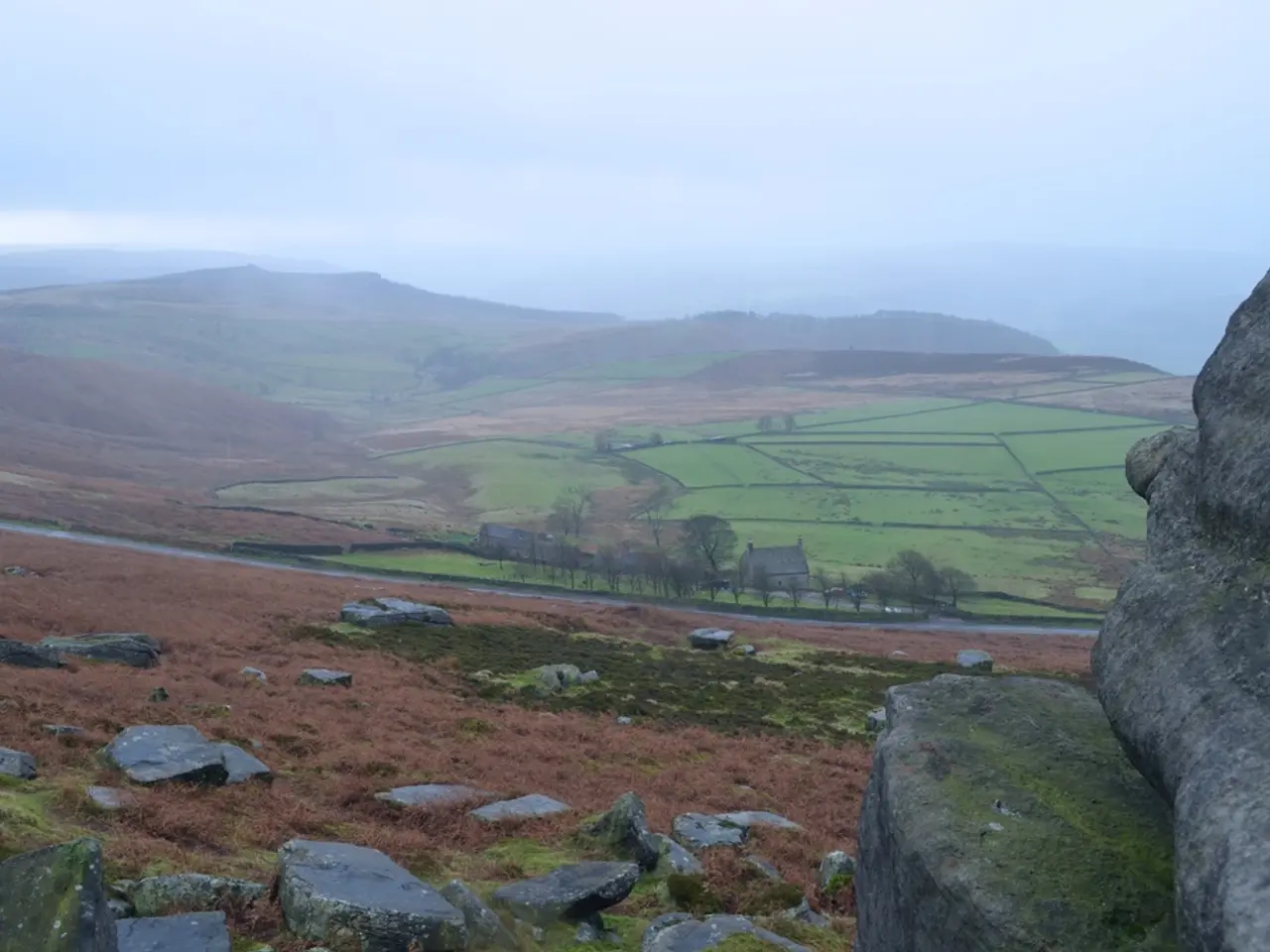Methods to Identify Drones at Night: 6 Practical Techniques You'll Appreciate
In the bustling cityscape, spotting drones at night can be a challenge due to bright street lamps and the ambient city glow. However, visual cues, sounds, and tech tools collectively enhance the ability to detect these flying machines in low-light conditions.
Visual systems optimized for low light provide detailed imagery. Specialized detection models like ELS-YOLO improve drone detection accuracy in nighttime conditions by using techniques such as brightness adjustment, noise reduction, and efficient feature selection. High-resolution cameras with wide dynamic range (WDR) capture clearer images despite darkness or glare, allowing for real-time identification and tracking of drones at night.
Acoustic sensors can complement visual detection by picking up characteristic drone sounds, especially when visibility is minimal. Listen closely for buzzing noises in the dark; smaller models give off high-pitched whines, while larger drones make lower, deeper humming sounds.
Tech tools like radar and radio-frequency (RF) sensing systems do not rely solely on visual input. Multifunction sensors like Tiami Networks’ PolyEdge use 5G and Wi-Fi signals to detect and track drones by analyzing signal reflections. This approach circumvents the limitations of cameras at night and provides continuous surveillance that integrates with existing systems to enhance situational awareness.
Portable radar systems are now available for home use, allowing individuals to track multiple drones simultaneously. Radar detectors can detect drones in dense fog, heavy rain, or complete darkness, and provide accurate readings about a drone's distance and speed.
Grabbing helpful tools like binoculars, thermal cameras, or parabolic microphones can also aid in spotting drones quicker in low-light conditions. Binoculars can sharpen distant drone lights and help confirm sightings through clear and unique blinking patterns. Thermal imaging cameras can detect drones by picking up their heat signatures, even in total darkness.
Drones move unlike planes, birds, or shooting stars. They hover steadily or make quick, sharp turns that no natural flyer ever could. Most consumer drones flash or blink with LED lights in red, green, or white, making them noticeable against the dark night sky.
The night sky is no longer just for stars and planets; it's become the playground for modern technology. On April 6, 2021, the FAA updated its drone rules, allowing people to fly drones at night without special permits, as long as each drone carries clear anti-collision lighting. The FAA now requires drone pilots to equip their aircraft with anti-collision lights visible from at least three miles away.
Remember, keeping up with current FAA drone guidelines is important to stay legal while flying at night. The FAA now requires drone pilots to equip their aircraft with anti-collision lights visible from at least three miles away.
In conclusion, with the right tools and knowledge, spotting drones at night can be an achievable task. Whether it's through visual systems, acoustic sensors, or tech tools, the possibilities for drone detection are vast and ever-evolving.
Technology plays a crucial role in enhancing the ability to detect drones in low-light conditions. Visual systems optimized for low light, such as those with WDR, provide detailed imagery and allow for real-time identification and tracking. Additionally, tech tools like radar and RF sensing systems do not rely solely on visual input and can provide continuous surveillance that integrates with existing systems, even in complete darkness.




